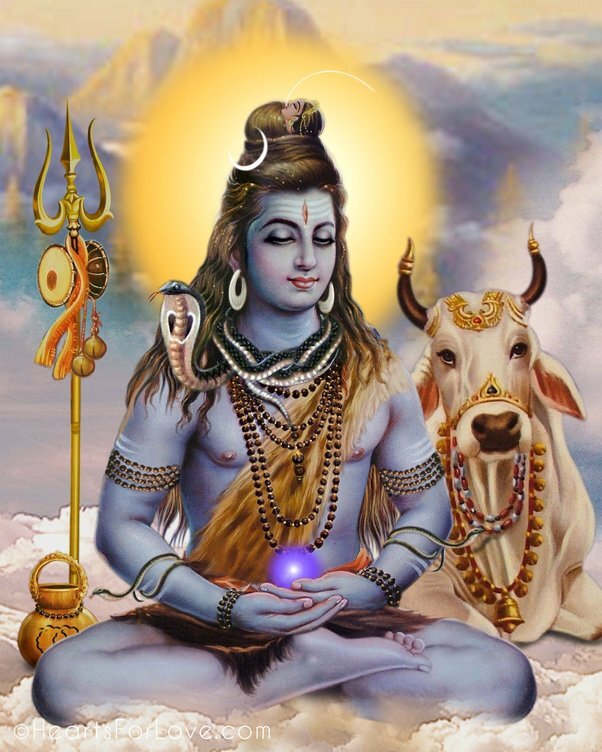
Shiva – the timeless, formless, and all-pervading cosmic force – is one of the most revered deities in Hinduism. Known as Mahadev (The God of Gods), Shiva embodies destruction and regeneration, meditation and chaos, detachment and love. But to truly grasp the depth of His existence, one must turn to the ancient Hindu scriptures – the Puranas.
The Puranas, a vast genre of Sanskrit literature, offer elaborate mythological, spiritual, and philosophical narratives about Shiva’s origin, his family, his consorts, his rage, his grace, and his eternal role in cosmic balance.
In this blog, we’ll journey through the Shiva Purana, Skanda Purana, Linga Purana, and more – unraveling the divine tales that shape the legend of Mahadev.
What Are the Puranas?
The Puranas are a group of ancient Hindu texts written in Sanskrit, traditionally attributed to Ved Vyasa. There are 18 Mahapuranas (major Puranas) and 18 Upa Puranas (minor Puranas), which include cosmology, genealogies of gods and sages, moral teachings, and stories of deities like Vishnu, Shiva, Devi, and others.
Among these, several are dedicated to Shiva, either entirely or partially, and form the spiritual backbone of Shaivism – the worship of Shiva.
The Shiva Purana – The Primary Text
The Shiva Purana is the central scripture devoted to Lord Shiva. Divided into multiple samhitas (sections), it contains rich tales of creation, destruction, divine play (leela), and sacred rituals.
Key Legends from the Shiva Purana:
1. The Creation of the Universe
According to the Shiva Purana, Lord Shiva existed before time. When the universe was void, it was Shiva’s tandava (cosmic dance) that created rhythmic vibrations, giving rise to creation.
Shiva is depicted not as a creator in the conventional sense but as the ultimate reality (Brahman) from which creation, sustenance, and destruction emerge.
2. The Story of Shiva and Sati
Sati, Shiva’s first consort, was the daughter of Daksha Prajapati. Daksha despised Shiva for being ascetic and unconventional. When he insulted Shiva by not inviting him to a yajna, Sati self-immolated in shame and grief. Enraged, Shiva performed the Rudra Tandava and beheaded Daksha.
This story shows the deep emotional dimension of Shiva – a yogi beyond worldly attachments who becomes vulnerable through love.
3. The Birth of Kartikeya and Ganesha
The Shiva Purana narrates the unique births of Shiva’s sons. Kartikeya (Murugan) was born to defeat the demon Tarakasura. Ganesha was created by Parvati from sandalwood paste and later given life – only to be beheaded by Shiva and resurrected with an elephant’s head.
These stories illustrate Shiva’s dynamic role as both destroyer and restorer of life.
Skanda Purana – The Largest Purana
The Skanda Purana is the largest of all Puranas and contains extensive stories related to Shiva, his son Skanda (Kartikeya), and sacred pilgrimage sites.
Notable Shiva Legends in the Skanda Purana:
1. The Legend of Kedarnath
Skanda Purana recounts the origin of Kedarnath, where Shiva hid from the Pandavas after the Mahabharata war. He took the form of a bull and later blessed the place with divine energy.
2. The Tale of Daksha Yajna Revisited
This Purana expands the story of Daksha’s sacrifice, adding philosophical layers about ego, penance, and forgiveness. It also mentions the origin of the 12 Jyotirlingas, each representing a unique form of Shiva.
Linga Purana – The Symbol of Formless Reality

The Linga Purana focuses on the Shiva Linga, the abstract, aniconic symbol of Shiva. It explains the philosophical meaning of the linga as the union of Purusha (consciousness) and Prakriti (nature).
Central Themes:
The Linga is not merely a stone but the infinite cosmic pillar of energy.
Rituals and festivals associated with the Linga.
Metaphysical discussions on time, death, and liberation (moksha).
Shiva and Parvati – Divine Union of Energy and Consciousness
Several Puranas including Devi Purana, Shiva Purana, and Skanda Purana describe the marriage of Shiva and Parvati as a cosmic event.
Parvati, a reincarnation of Sati, undertakes intense penance to win Shiva’s heart. Their union symbolizes the meeting of Shakti (energy) and Shiva (pure consciousness), giving birth to the universe’s balance.
This union also represents the ideal marriage in Hindu tradition – mutual respect, balance, and spiritual growth.
The Tandava – Dance of Destruction and Creation
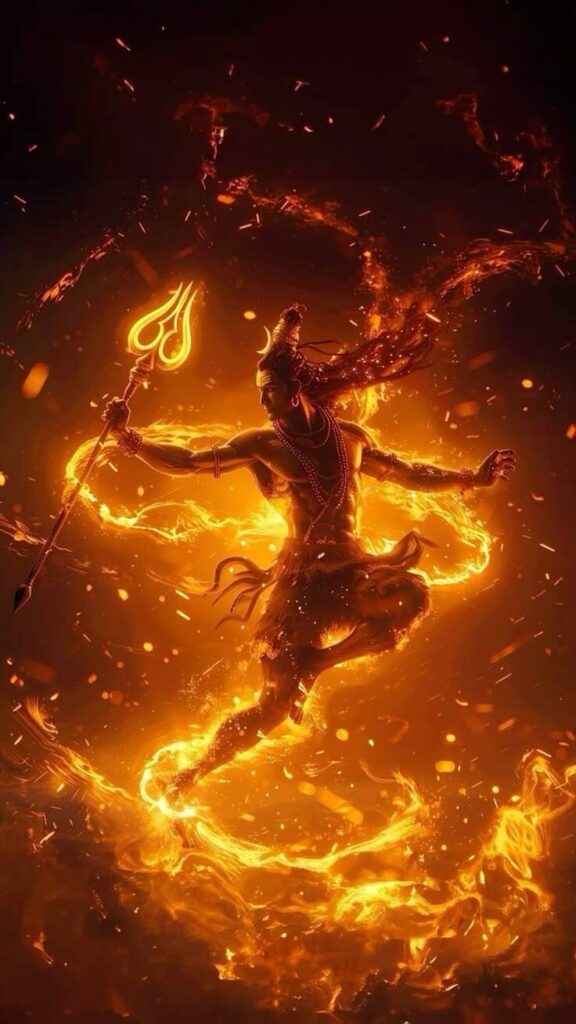
In the Puranas, Shiva’s Tandava is not merely a dance but a cosmic event. It represents the eternal cycle of creation, preservation, and destruction.
The Nataraja form of Shiva (especially mentioned in the Linga Purana and Agni Purana) shows him dancing within a ring of fire, symbolizing the burning away of illusion (maya).
Shiva’s Symbols and Their Puranic Origins
Shiva’s unique appearance is full of symbolism deeply explained in the Puranas:
| Symbol | Meaning |
|---|---|
| Trishula (Trident) | Control over three gunas – sattva, rajas, tamas |
| Damru | Sound of creation and rhythm of the universe |
| Third Eye | Divine wisdom and destruction of ego |
| Snake (Vasuki) | Mastery over death and time |
| Ashes | Detachment from materialism |
| Ganga in Hair | Compassion and life-giving flow |
Bhakti and Shiva – Stories of Devotion in the Puranas
Several Puranas highlight stories of ultimate devotion (bhakti) toward Shiva. Examples include:
Markandeya: A child-sage saved by Shiva from Yama (god of death).
Kannappa Nayanar: A tribal devotee who offered his eyes to the Shiva Linga.
Ravana: Despite being a demon king, his intense devotion moved Shiva.
These tales reinforce that pure love and surrender, not caste or knowledge, win Shiva’s grace.
Jyotirlingas – Eternal Pillars of Light
The Skanda and Shiva Puranas list 12 Jyotirlingas – sacred temples where Shiva appeared as a column of light. These include:
Somnath (Gujarat)
Mallikarjuna (Andhra Pradesh)
Mahakaleshwar (Ujjain)
Omkareshwar (Madhya Pradesh)
Kedarnath (Uttarakhand)
Bhimashankar (Maharashtra)
Kashi Vishwanath (Varanasi)
Trimbakeshwar (Nashik)
Vaidyanath (Jharkhand)
Nageshwar (Dwarka)
Rameshwar (Tamil Nadu)
Grishneshwar (Aurangabad)
Each Jyotirlinga has a unique story of manifestation and symbolizes Shiva’s omnipresence.
Shiva as Adiyogi – The First Yogi in the Puranas
According to both the Shiva Purana and Yogic traditions, Shiva is the original guru (Adiyogi), who taught the science of yoga to the Saptarishis. This ancient transmission formed the base of yogic sciences in India and across the Himalayas.
Conclusion – Why the Puranic Shiva Still Lives Within Us
Shiva in the Puranas is more than mythology. He is the formless within form, the eternal within the transient. His stories teach us:
Detachment without apathy
Power with humility
Stillness amid chaos
Union over division
From devotees to scholars, ascetics to householders – Shiva embraces all. That’s why even thousands of years later, His stories still pulse through the hearts of seekers.
Shivoham – I am Shiva.
Related posts:
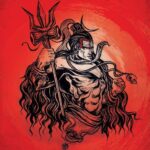 Who is Shiva? – The Supreme Consciousness in Sanatan Dharma
Who is Shiva? – The Supreme Consciousness in Sanatan Dharma
 Unleashing the Potential of Small Habits: Exploring James Clear’s ‘Atomic Habits
Unleashing the Potential of Small Habits: Exploring James Clear’s ‘Atomic Habits
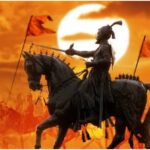 Veer Shiva Ji: The Legendary Warrior’s Tale
Veer Shiva Ji: The Legendary Warrior’s Tale
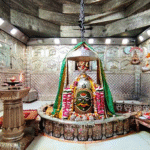 Shiva and Time – Why is He Called ‘Mahakaal’?
Shiva and Time – Why is He Called ‘Mahakaal’?
 Mahashivratri: A Festival of Spiritual Awakening
Mahashivratri: A Festival of Spiritual Awakening
 Boost Inner Strength and Discipline by Following Hanuman’s Path on Jyeshtha Mangal
Boost Inner Strength and Discipline by Following Hanuman’s Path on Jyeshtha Mangal
